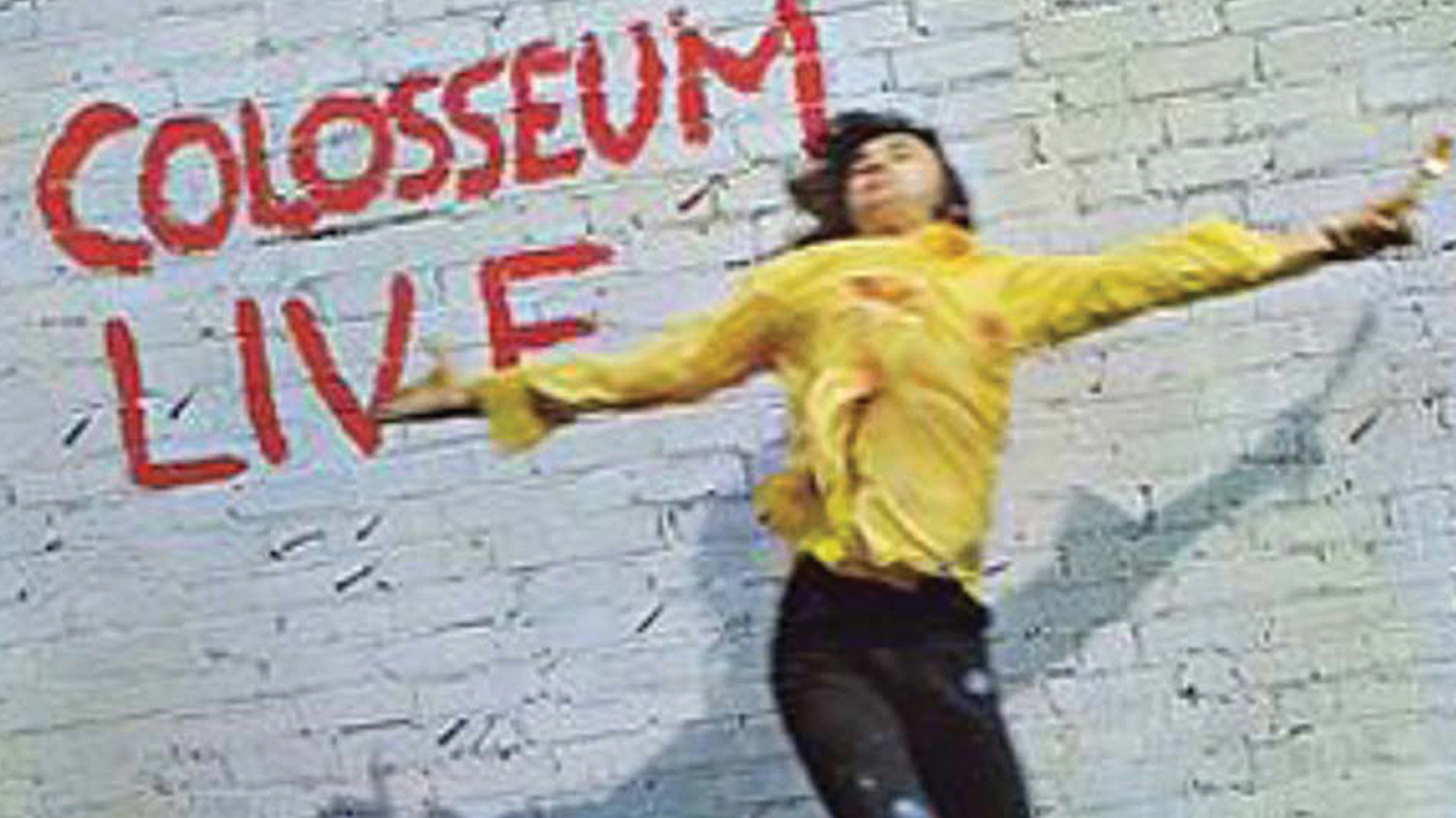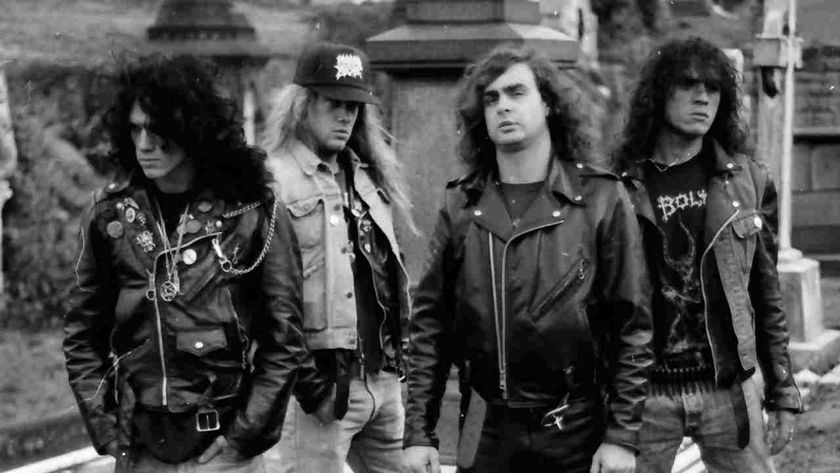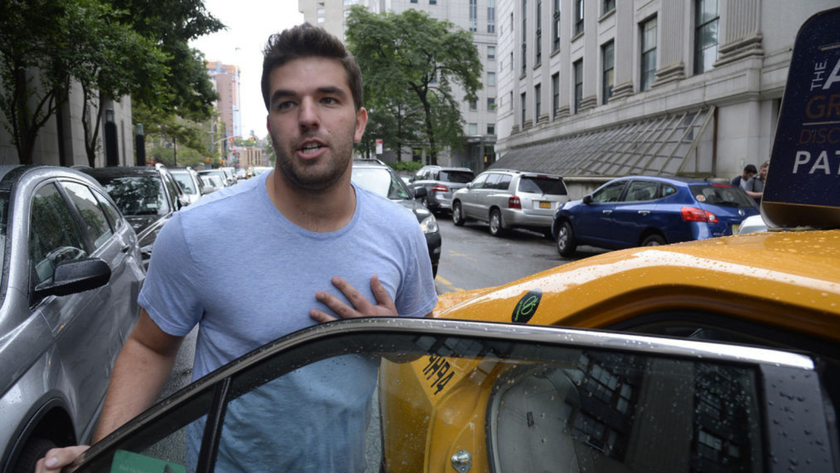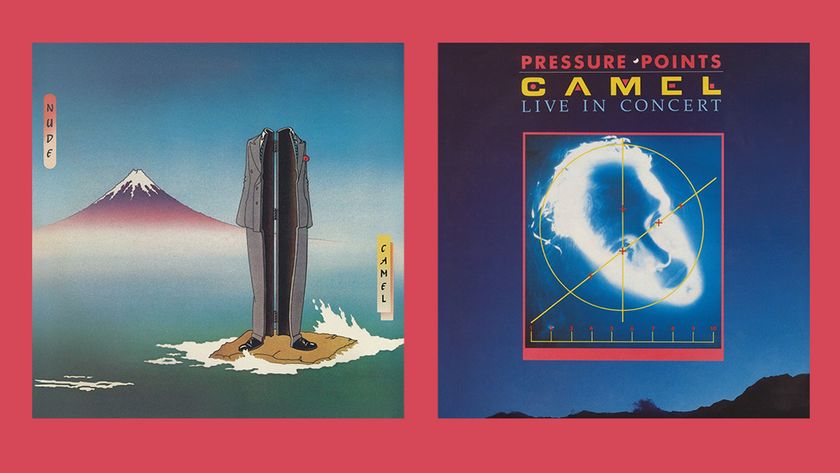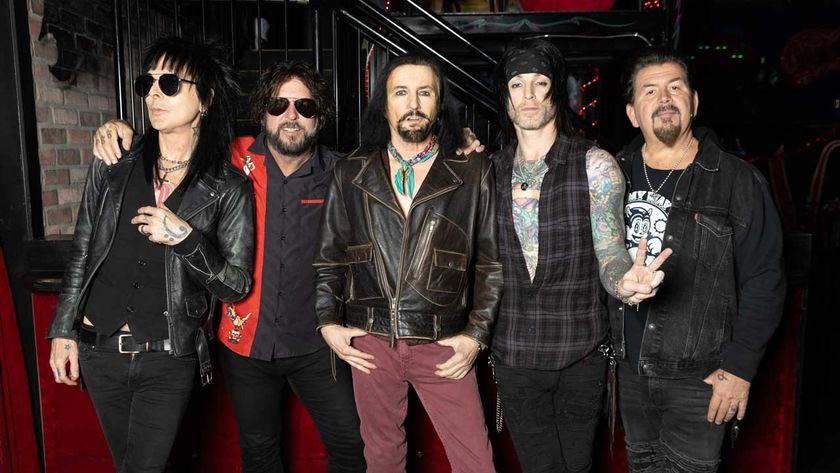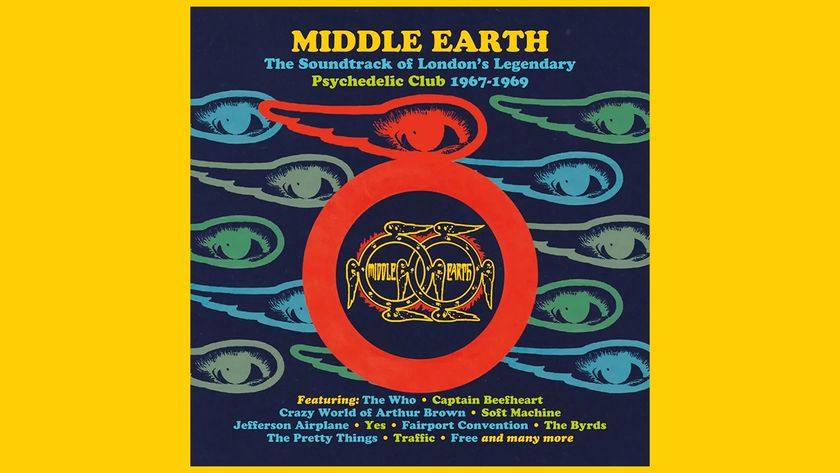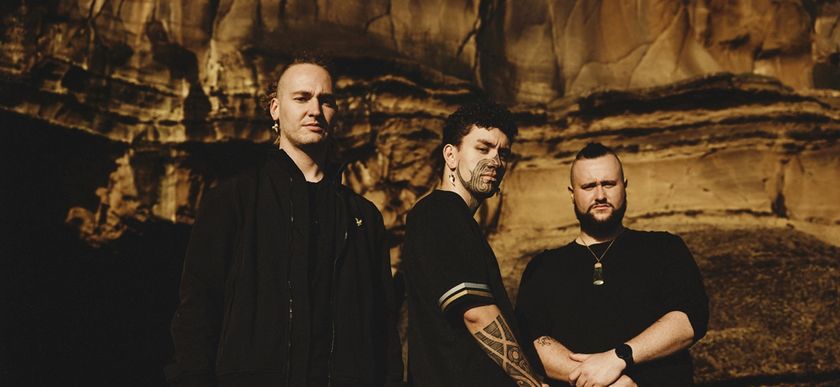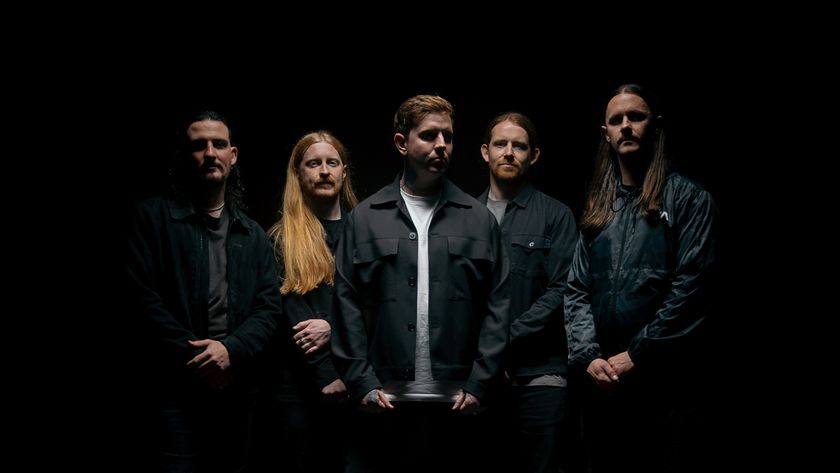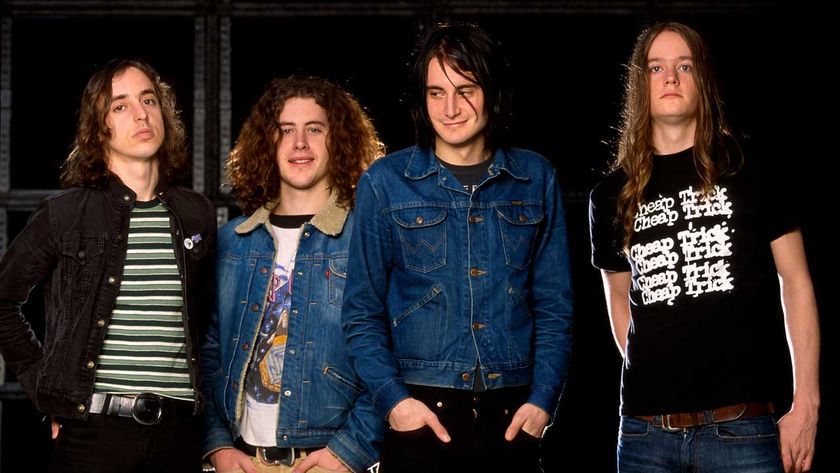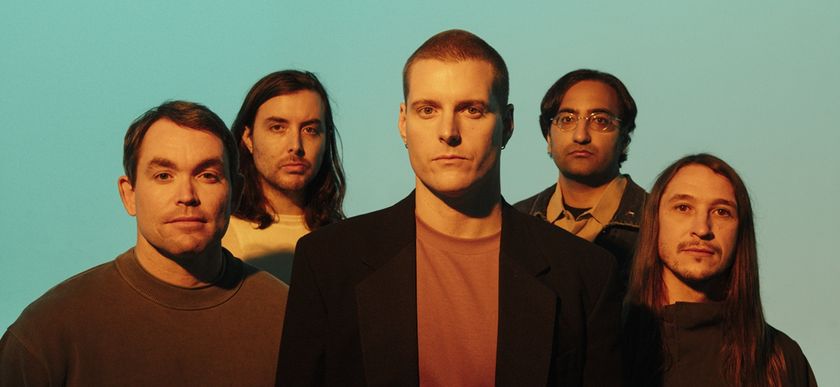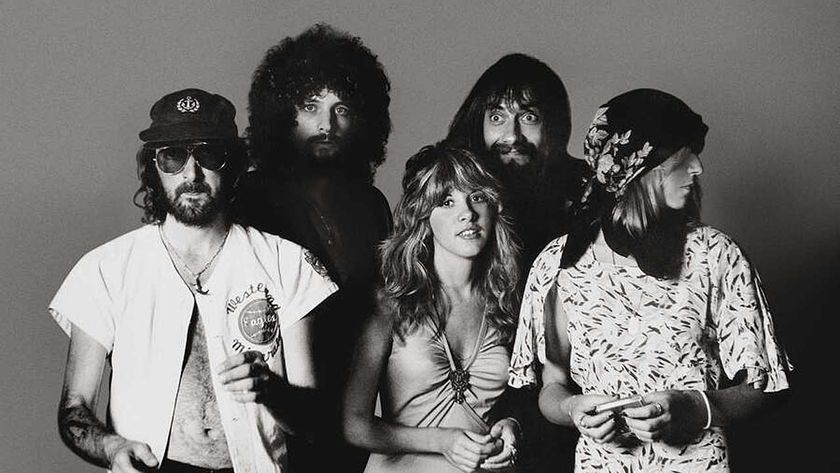If British prog has a godfather it’s Graham Bond, the colossal figure who brought a wild Hammond organ to R&B and introduced the classical strains which profoundly influenced Keith Emerson. The stellar musicians Bond turned into the world include John McLaughlin, Ginger Baker, Jack Bruce, saxophonist Dick Heckstall-Smith and powerhouse drummer Jon Hiseman.
Prog rock of the highest order… the band on roaring form.
Hiseman had already recorded with the New Jazz Orchestra and doomed jazz pianist Mike Taylor when he joined Heckstall-Smith in Bond’s final Organisation, before both bailed out due to Bond’s debilitating drug use. After a stint with John Mayall’s Bluesbreakers, the pair started forming their dream band, which Hiseman named after the majestic Roman ruin he’d gawped at while on holiday in Italy.
Joined by organist Dave Greenslade from Chris Farlowe’s Thunderbirds, bassist Tony Reeves and guitarist James Litherland, Colosseum initially sounded like they were continuing Bond’s original pre-drug mission when they released their scorching cover of his Walking In The Park as first single from March 1969’s debut album, Those About To Die Salute You. This writer witnessed the band at Dunstable Civic Hall just before the release of next album Valentyne Suite that November and was blown away by their awesome hybrid of sizzling jazz chops, complex rock arrangements and Greenslade’s panoramic Hammond, all driven by the subtly dynamic drummer. It was prog rock of the highest order.
After January 1970’s US-only The Grass Is Greener, which saw ‘Clem’ Clempson replacing Litherland, Colosseum were joined by singer Chris Farlowe and Tony Reeves was replaced by Mark Clarke. The proto-prog dramatics were further amped up on Daughter Of Time, as witnessed on the March 1971 UK tour. Gigs at Manchester Uni and Brighton Big Apple were recorded and highlights released as Colosseum Live, but by the time the album made the Top 20 that September, the band’s days were numbered (though they reformed later).
Now the original double album’s back, along with a second CD of bonus material, including a spanking Valentyne Suite. All show the band on top roaring form, especially Lost Angeles and Pete Brown and Jack Bruce’s Rope Ladder To The Moon. Farlowe’s vocals occasionally grate and Walking in The Park is so accelerated it loses its swing but, thankfully, Heckstall-Smith’s rich sax towers throughout, and is particularly spectacular on Tangelwood ’63. But despite these shortcomings (and Hiseman’s lifelong hatred for the cover photo), the set provides a worthwhile document of this incendiary band and the new music they were forging.
